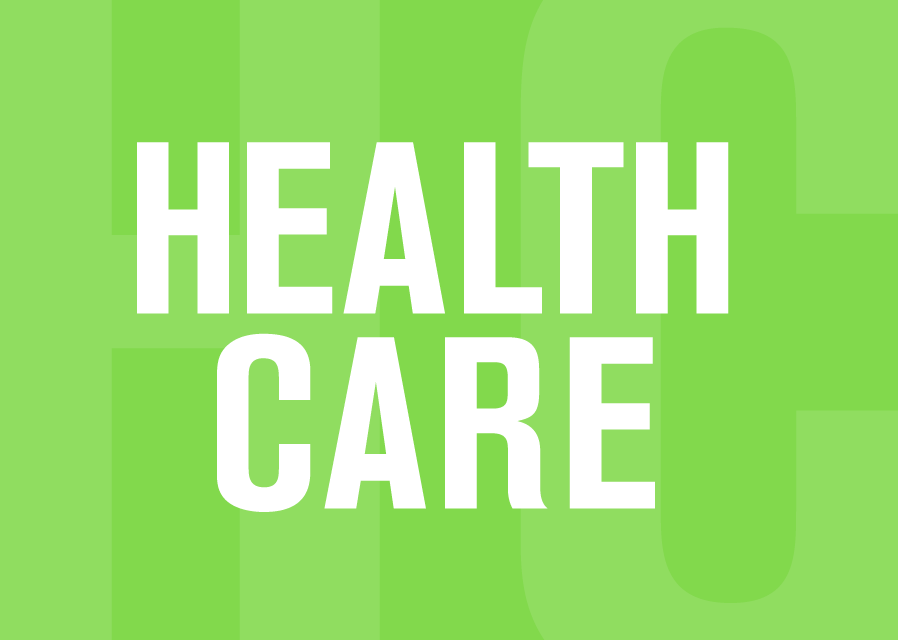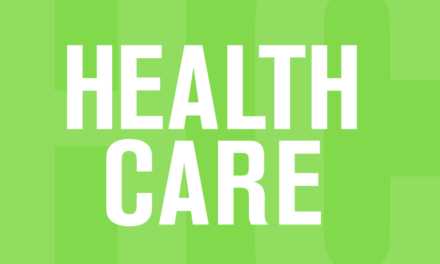There is a major irony at play so far in the federal election campaign. The media keep reporting on provincial politicians and health-care advocates complaining that health policy is not getting enough attention from the federal parties. Then they barely notice when one of the parties – the NDP – does pay attention.
The most recent example was yesterday’s report by the Canadian Medical Association, setting out proposals for increased federal transfers targeted to health care for seniors. The report was put out, according to the CMA, to entice federal parties to put some of those ideas in their platforms. In doing so, the doctors were following the lead of the nurses. Last week, the CBC ran a story in which the president of the Prince Edward Island nurses union, Mona O’Shea, complained “we’re just not hearing the political commitment and leadership on health care.” Her remarks followed by one day an op-ed piece in the Chronicle-Herald, co-authored by Linda Silas, president of the Canadian Federation of Nurses Unions (CFNU) worrying that “health care is the single most important issue facing our country in this election, yet it is being treated as a side issue in the campaign.”
Those were the most recent criticisms. Earlier in the campaign, we heard similar sentiments from Atlantic ministers of health. But paradoxically, the latest calls for attention to health care came during a period when the New Democrats not only made a series of health-related announcements but also provided detail on how they would pay for them.
- On Sunday the 13th, the NDP announcement dealt with seniors – $1.8 billion over four years for home care, nursing home beds and improved palliative and end of life care;
- On Monday there were two campaign announcements – $500 million over four years to build and expand clinics and hire better and $40 million to develop a national Alzheimer’s strategy;
- Tuesday’s announcement was about a mental health innovation fund for children and youth;
- On Wednesday, the NDP explained how it would pay for the health commitments and how that would fit with the party’s longstanding promise to continue annual 6% increase in health transfers past their scheduled demise on April 1, 2017, while directing a portion of projected surpluses to health transfers;
- On Saturday the 19th, the big-ticket $2.6 billion plank landed – a promise to work with the provinces to provide “universal access to prescription drug coverage.”
In a nutshell, what the NDP laid out last week in a series of announcements was the outline of how it would restore the projected $36-million in health transfers that have been a major topic of discussion since the Harper government announced in the fall of 2011 that the annual 6% increases would be replaced by increments pegged to nominal GDP growth.
As detailed in my post of July 29, the Parliamentary Budget Office did an analysis of health-care costs, the aging population and the reduction in federal transfers and concluded that Harper’s new health funding formula put the feds on course to entirely eliminate the federal debt by mid-century while rising health costs would force the provinces to raise taxes, reduce spending or face huge debt loads. The aforementioned CFNU commissioned a study, the title of which is self-explanatory, The Canada Health Transfer Disconnect: An aging population, rising health care costs and a shrinking federal role in funding. The shrinking federal role is illustrated in the CFNU report by the expectation that federal share of health spending in the Maritimes, now at about 22%, will drop to 11% in ten years. So you might think that an NDP commitment (or re-commitment) to reverse the shrinkage and restore some semblance of a national health system would be big news. Not so much.
Despite the NDP’s health-care announcements (and earlier platform announcements by the Green Party), the media marginalized the issue and continued to push “the economy” as the over-riding issue. A case in point – one day after running the op-ed piece in which the nurses bemoaned the fact that health care was being treated as a side issue, the Herald did just that, relegating news of the NDP’s 6% commitment to the bottom of page 14. The Globe and Mail buried details of the health platform in a story focused on nit-picking the numbers in the NDP’s economic plan. Even Andre Picard, the Globe‘s usually excellent health reporter, dropped the ball, penning a column asserting that:
- On the campaign trail, “health care will barely merit more than a few jingoistic platitudes”; and
- Differences between the parties “are largely philosophical and revolve around interpretations of the constitution.”
Look again Andre. Last week’s announcements by the NDP were essentially a reiteration of what Mulcair has been saying on behalf of the NDP for more than a year – that an NDP government would retain the 6% escalator past its scheduled expiry, and negotiate a new health accord with the provinces. That clearly sets the NDP apart from the Harper Conservatives who imposed the new funding formula and have no intention of talking with the provinces about that, or about health care in general.
As for the Liberals, they say they will work with the provinces, but so far, their deficit budget plan contains no new spending on health transfers. One of the few documents the Liberals have put out on the issue may be cold comfort to the Liberal provincial governments in the Maritimes and British Columbia calling for a new funding formula. It says: “while provinces and territories are struggling with escalating costs, it’s far from clear that more money is the only solution. Governments must ensure we’re getting full value for the money already in the system.”
One issue that the NDP has not yet specifically addressed is asymmetrical transfers, to recognize that provinces with a larger aging population should get more money. British Columbia and the Atlantic provinces have been vocal on that point, and according to polls commissioned by advocates, it’s an idea that has strong public support.
Monday’s CMA report, done for the association by the Conference Board of Canada –Federal Policy Action to Support the Health Care Needs of Canada’s Aging Population -called for a “demographic top-up,” starting with $1.6 billion next year to be distributed based on the impact of an aging population on health costs in each province and territory. Thus, an overall 1.1% increase in health spending, paid for by the feds, would go disproportionately to provinces whose older populations were driving up health costs. Increases would range from just 0.1% of health spending in Saskatchewan to a high of 1.6% in New Brunswick and 1.5% in Prince Edward Island. British Columbia’s increase would be 1.4%, and Nova Scotia’s 1.3%, which would be worth almost $54 million to the province next year.
The new report for the CMA, the nurses’ federation report from a few months ago, along with the NDP and Green platforms have put some important ideas into the election campaign. The federal role in health care and the formula used for health transfers to the provinces are up for discussion. The Conservatives have told us they stand firmly for the status quo. But if there is going to be a full debate on these vital issues, the media and the Liberals – both Trudeau and the Liberal provincial governments with so much at stake – will need to engage much more than they have so far. I’m not holding my breath.
-30-






